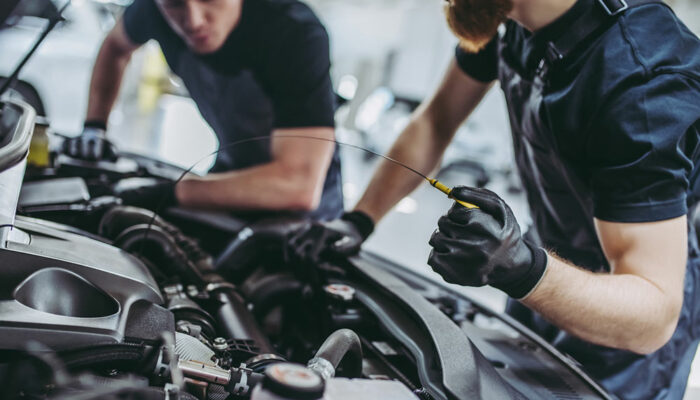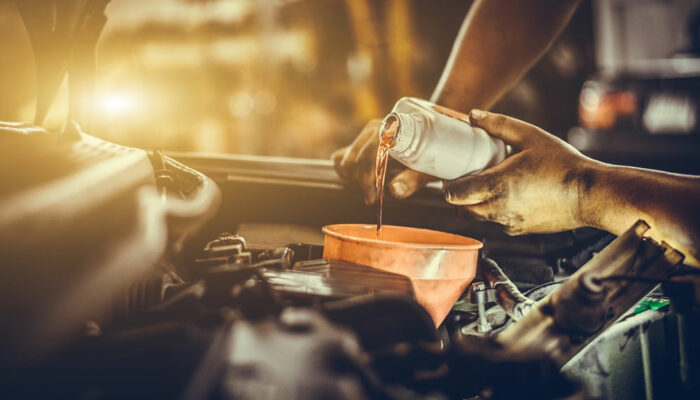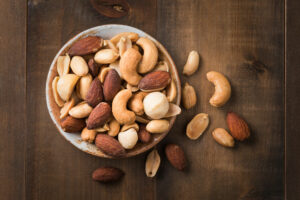
18 common driving mistakes to avoid
Driving is an essential skill that provides unparalleled freedom and convenience when it comes to commuting, traveling, and running errands. However, with this privilege comes a significant responsibility—ensuring personal safety and those of others on the road. Unfortunately, many drivers, new and experienced, can make errors that lead to accidents. By recognizing and avoiding the following common driving mistakes, one can contribute to road safety and have a more enjoyable driving experience. Distracted driving One of the most common driving mistakes to avoid is driving while being distracted. Distractions can range from texting or talking on the phone to eating, self-grooming, or even adjusting in-car entertainment systems. A moment of distraction can be detrimental and lead to accidents. To avoid this, it is crucial to keep focusing on the road and avoid multitasking while driving. Speeding Going over the speed limit is a major cause of accidents. This mistake reduces a driver’s reaction time and increases the severity of collisions. Adhering to speed limits and adjusting the speed as per road and weather conditions is essential while driving. Here, arriving a few minutes later is preferable to risking personal safety and that of others on the road. Tailgating Following a vehicle too closely, also known as tailgating, reduces the time one has to react when the vehicle ahead stops suddenly due to obstacles in the road.
Read More 











